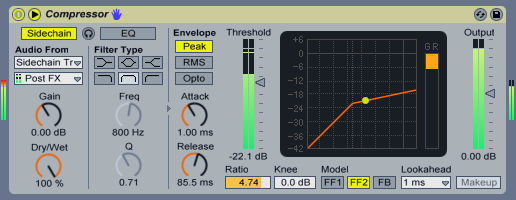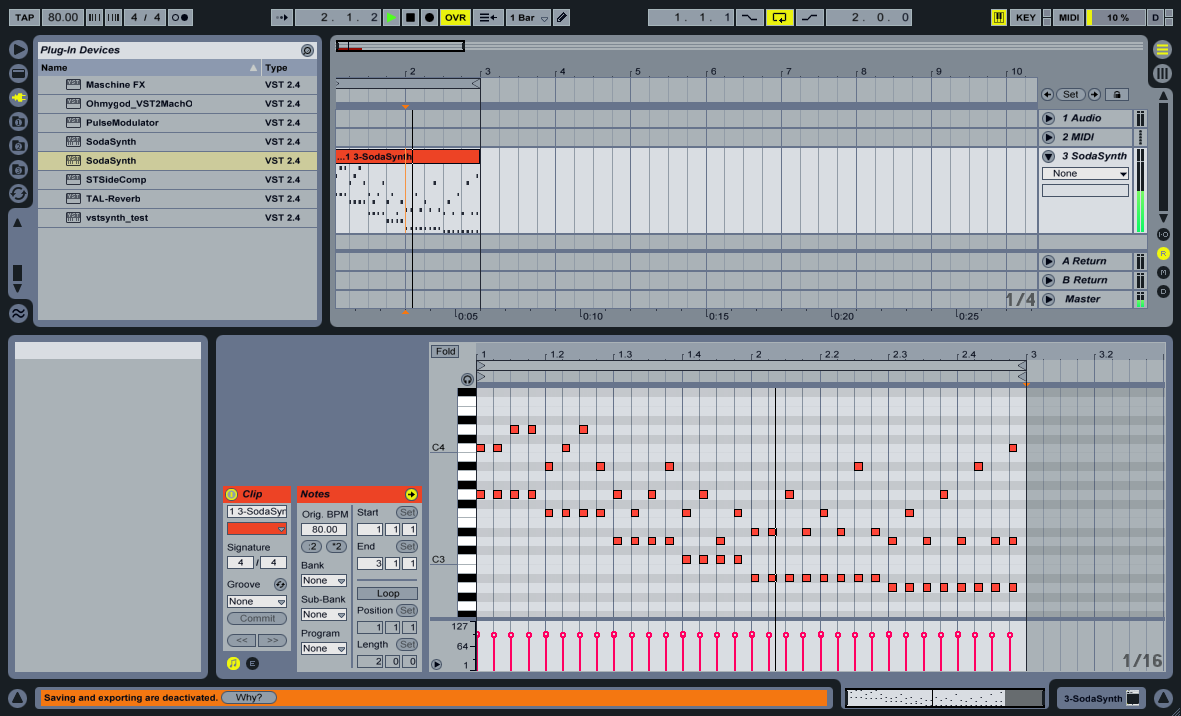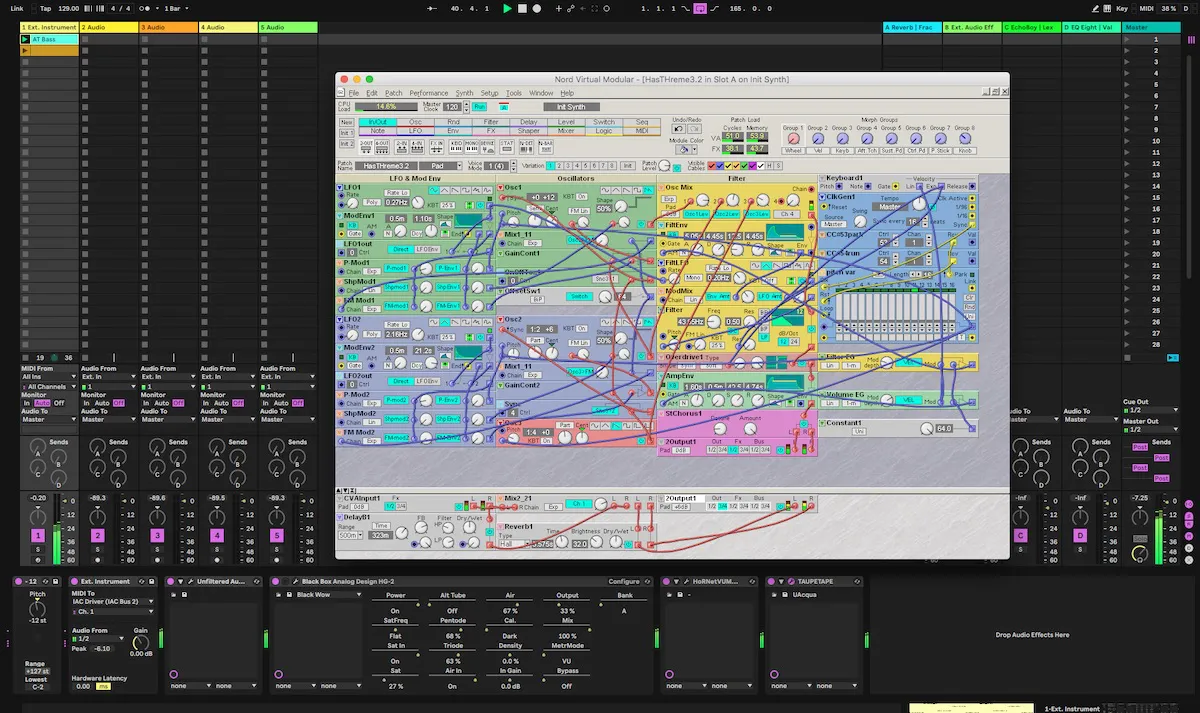Ableton makes Push and Live, hardware and software for music production, creation and performance. Ableton´s products are made to inspire creative music-making. 7 Steps To Install Plugins in Ableton. First, download the plugin to your computer and install it. Once the plugin is installed, open Ableton Live. Go to the “Live” tab at the top left, and click “Preferences”.

If you want to use plug-ins in Live, they need to be set up first whether it’s VSTs or Audio Units (Mac only). It’s an easy and quick process when you know-how. This tutorial will guide you step by step through it.
A cool new reverb, a stylish delay, a few different synths, a realistic string section … To take your audio production and mixes to the next level, sometimes you have to look outside the box, to work inside the box. That’s where exciting third-party plugins often come in, which can help shape sound in creative and fun ways, and they’re a blast to experiment with. Although some plugins have separate versions, most of the time they have to be used within a digital audio workstation (DAW). But don’t worry, installing them is not that complicated.
When installing new plugins in Ableton Live, the first thing to know is that Live supports AU and VST formats. However, most of the time your plugin will fall under the VST format, as this is the case most often. Secondly, this is just a note to say that in our editorial style guide, we use the spelling “plugin”, but within the software, it can be “plug-in”. (If you get confused, you should know that they are the same thing.)
7 Steps To Install Plugins in Ableton
- First, download the plugin to your computer and install it.
- Once the plugin is installed, open Ableton Live.
- Go to the “Live” tab at the top left, and click “Preferences”.
- Click on the Plug-In section and make sure to activate “Use Audio Units”, “Use VST2 Plug-In System Folders” and “Use VST2 Plug-In Custom Folder”. If necessary, also turn on “VST3 Folders”.
- Close this window and go to the Plug-Ins tab on the left side. Your plugin should be listed under “VST”. If for some reason your plug-in doesn’t appear, follow the next step.
- Go to “Preferences” one more time.
- Turn off “Audio Units” and turn it on again. Click “Rescan” to explore the available plugins again. The reason your plugin might not appear yet is because Ableton Live might not have detected it yet. Give it time. If it still doesn’t work, you may want to reinstall it on your computer.
Browser tab for the most used plugins
If you’ve accidentally chosen a big folder as the VST custom folder, you can keep ALT pressed when starting Live. This will keep Live from scanning for plug-ins and you can then go into the Preferences > File/Folder to change it to the appropriate folder. Create a folder anywhere on your hard drive and name something like quick access. Now use the Ableton browser to navigate to the quick access folder. I have file browser tab 3 permanently to see the quick access folder as it is used a lot.
You will use this folder to collect all the commonly used presets and add-ons with just drag and drop files from the browser tab to another. Try going to the Live Device Explorer and dragging any Live Device Presets like an EQ8 Preset or a Preset Compressor to the Quick Access tab.
If you tried to drag and drop the live device onto itself (for example, the EQ8 device instead of a preset EQ8) you’ll notice that Live did not allow the operation. This is because the device and plug-in files cannot be moved, only the predefined files can. Therefore, the best solution is to save initialized presets from your favorite devices live to the Quick Access folder. If you want quick access to third-party plugins, create a live rack containing the plug-in, and then save the rack as a preset in the Quick Access folder.
Save default sets for multi-channel plugins
Many instrument plugins allow multiple outputs. Setting the input and output routing for each output is not automatic live as in some other hosts, but they do not once, and you will have to worry again.
Your system can achieve a higher level of performance using a multiple hard drive set up. In this article, we will provide an example that uses three drives, plus an additional backup drive. For the purposes of this article, the terms “drive” and “disk” are interchangeable.
System Disk

The system disk would ideally be a Solid State Drive (SSD) in this configuration.

Using such a drive will greatly improve the loading times of your applications, because of the drive’s superior speed in accessing data.
We recommend installing the Ableton Live application and all third-party plugins on this system drive. It is highly recommended to always keep at least 10% of free space on your system disk.
Plugins For Mac Ableton Download
2nd drive – Samples and Libraries
The second hard drive in this configuration is used to store samples and sound libraries, including the User Library. For optimal performance this drive would be an SSD, or alternatively an HDD SATA 3 (7200 RPM). Please format this drive into your operating system’s native format to ensure the best performance possible. On Windows, this format would be NTFS. On Mac OS X, this would be HFS+ (Mac OS Extended).
If you are working with a desktop computer, the best choice would be to install this drive in your computer’s dedicated SATA slot.

Should no slot be available, or if you work with a laptop computer, an external hard drive will suffice. Drive enclosures can also offer some speed benefits compared to a typical external drive, but this is a more costly and bulky solution, and is not always practical.
If possible, use Thunderbolt or USB 3 drives for maximum transfer speed. USB 3 enclosures need to be plugged in to a USB 3 port to access full bandwidth capabilities. We recommend avoiding the use of external USB hubs.
Here you can check the best Plugin bundles in the market – Sweetwater
Have a good Mix!

London, Los Angeles and online electronic music school Point Blank is in the midst of Ableton Month, and as part of the proceedings they are giving away specially-made Max for Live plug-ins. The free devices include a rather powerful Kick Drum Designer, the unusual but surprisingly useful Monster Timestretch, a very cool Funky Arp arpeggiator and many more.
Software Plugins For Ableton
Download all Point Blank plug-ins for free – registration is required.
Taken together the devices offer enough features to produce an entire track with. And this is exactly what Point Blank instructor Dan Herbert does in a three part series of tutorial videos. Starting with the aforementioned Kick Drum Designer, Herbert builds up a track layer by layer while showcasing the individual plug-ins and imparting some very useful production tips and tricks along the way.
Check out part 1 of the video tutorial here. Go here for part 2 and part 3.
Best Plugins For Ableton
Visit the Point Blank homepage to learn more about their offerings.
